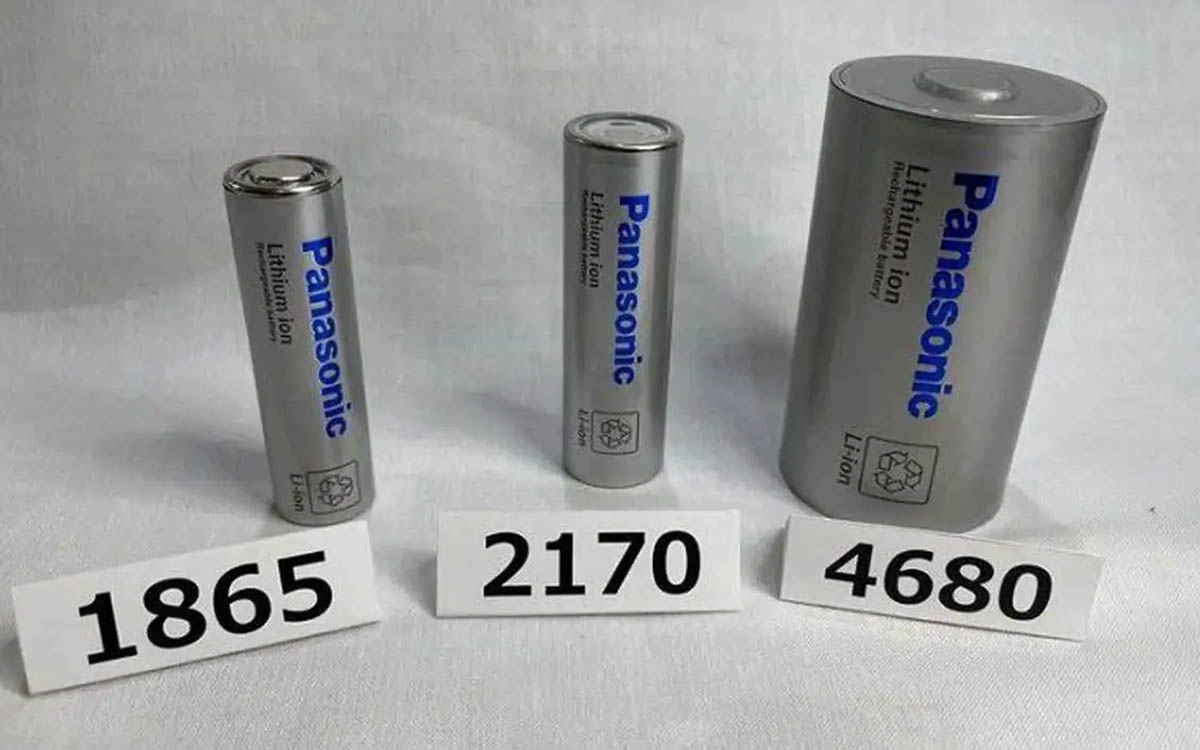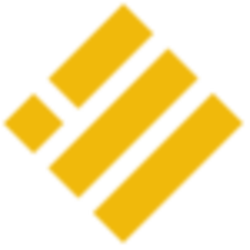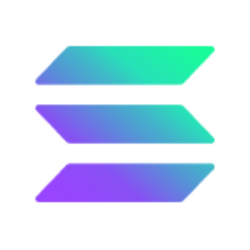When Tesla sold only Model S and Model Xlimited chemistry and size of its battery cells into a single, variable total set capacity to differentiate its variants. But with the advent Model 3, the opening of the Shanghai factory, the need to reduce costs and progress in the development of new batteries, everything has changed. Tesla is now operating three different chemical batteriesall based on lithium ion technology, and also three sizes of cylinders. Y you have several reasons to do so.
It all started with him Model S and Model X. With the permission of the Roadster, in these first Tesla electric cars that were launched worldwide, the battery cells responded cylindrical format and for onomastics 18650 (or 1865). This means that its dimensions were 18 mm in diameter and 65 mm in height. These cells are produced by Panasonic They were packed so that they formed a battery with different capacities.
In each case, they have seized it, despite obstacles we can scarcely imagine. ” NCA (nickel, cobalt, aluminum oxide and lithium). This trio offers the highest specific energy, along with sufficient specific power and long life. Therefore, they are very suitable for the electric car market, even though they require a very high level of safety inspection due to their unstable nature.
In fact, the main manufacturer that has always used them is Tesla. In addition to those mentioned above, it is also the chemistry used for Model 3 and for him ModelY, although there are some changes. The most important thing is the size. This is where Tesla went cylindrical cells 2170 (21 mm in diameter and 70 mm in height) larger, more energy-efficient and cheaper, as their larger size reduces the number of cells and also the number of connectors and auxiliary operating systems.

Until the opening of the Tesla plant in Shanghai, the manufacturer kept this offer on batteries for its electric cars. But the Chinese market, the need to reduce costs and the lack of materials recently made part of this policy change. Currently, NCA chemistry is maintained in all 1865 Model S and Model X cells and also in Model 3 and Model Y with two electric motors, with 2170 format.
Until its arrival in China, Tesla only had Panasonic as a battery supplier. But the high demand and logic of the supply chain led Tesla to expand its portfolio by becoming part of it. LG power solution (old LG Chem). The Korean manufacturer was chosen as the only battery supplier for the Shanghai Tesla Model Y that contains nickel, cobalt and manganese (NCM) cylindrical batteries.
This triple, with a different ratio of each factor, is very generalized, though it is is reaching the limits of its performance. They offer a lot of specific energy and at the same time it is very stable. These features, in addition to making them suitable for power tools, make them ideal for drive systems in almost all types of electric cars, from bicycles, to scooters to cars of all sizes. Tesla has also used them in Powerwall, stationary batteries.

However, for Chinese Model 3 and Model Y single-engine units, Tesla began using chemistry. LFP. Lithium iron phosphate batteries use phosphate as the cathode material and graphitic carbon electrode as the electrode. They have a long service life, good temperature stability and work well in the electronic sense. Its biggest drawback is in it low specific energywhich results in a reduction in energy density compared to other species, but also in a lower costssince they do not need cobalt, expensive and complex materials to obtain.
It is precisely its low energy density that has limited this technology to some large vehicles, as its cost is significantly lower and it is even safer. This situation has led to the Chinese market being the first to adopt this technology and as a result, 95% of LFP batteries are manufactured there. Tesla has taken advantage of this situation to attach it to the standard Autonomy Model 3, which is manufactured in Shanghai. A decision that will probably also apply to those made in the United States and also in Europe. The tests performed with units made in Chinaeven in extreme cold, have given very encouraging results.
Finally, since September 22, 2020, already Battery day, Tesla introduced what represents a fundamental change in batteries. The new form of relationship will be able to significantly reduce the price of electric cars. This is about the new 4680 batteries (46 mm in diameter and 80 mm in height), significantly larger than the others. They offer five times the energy capacity and their larger size multiplies by more than five volumes of active substance that it can hold and the elimination of the connectors that connect each electrode to the battery cover. They make it possible to increase productivity to achieve 16% more autonomy and reduce production costs. Elon Musk assured that the profile had been chosen as the optimal limit that allows to reduce production costs without causing problems with high power charging and without causing problems for the temperature control system, which occurs in the case of larger cells.
Added to this is its ability to form construction batteries. They are located on the floor of the vehicle and become part of its durable structure, which makes it possible to reduce reinforcement parts and thus the total weight and production costs. With Tesla’s new approach, the platform containing the battery is attached to the body as part of the car’s construction.

The Tesla Model Y It will be the first of its electric cars to see the light of day with the new carrier battery consisting of 4680 cylinders. Their next model will be Tesla Cybertruck. Two vehicles that are expected to be in high demand when they hit the market and that will require a double effort from Tesla, Panasonic and the other manufacturers that the California manufacturer will need to meet the demand that lies ahead.
Elon Musk’s latest statement from Tesla’s CEO adds one more chemistry to all those mentioned so far. While an event in which the CEO of Tesla handed over the first units of the Model Y. which have been released from the Giga plant’s production line in Berlin, the leader said he sees great potential in manganese-based battery chemistry.
Tesla has been studying the properties of manganese for use in battery cells for some time. Already on Battery Day, Musk said that “it would be relatively easy to make a cathode, which is two-thirds of nickel and one-third of manganese, that would allow us to produce 50% more cell volume with the same amount of nickel. The goal is use this chemistry as a supplement to nickel and iron based chemistryit is a choice between the triple rich in nickel (NCM and NCA) and the rich in iron (LFP).
Start investing your money in cryptocurrencies and get Free Bitcoin when you buy or sell 100$ or more if you register in Coinbase


